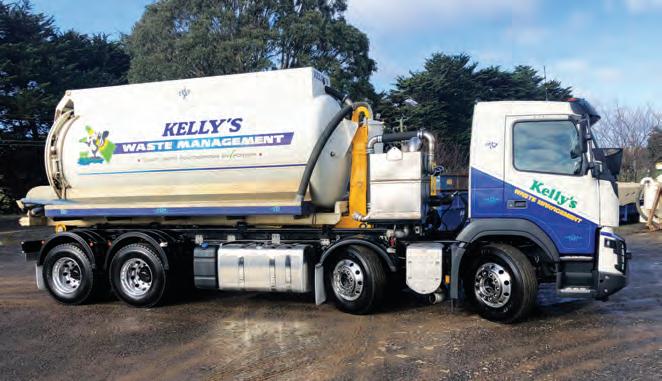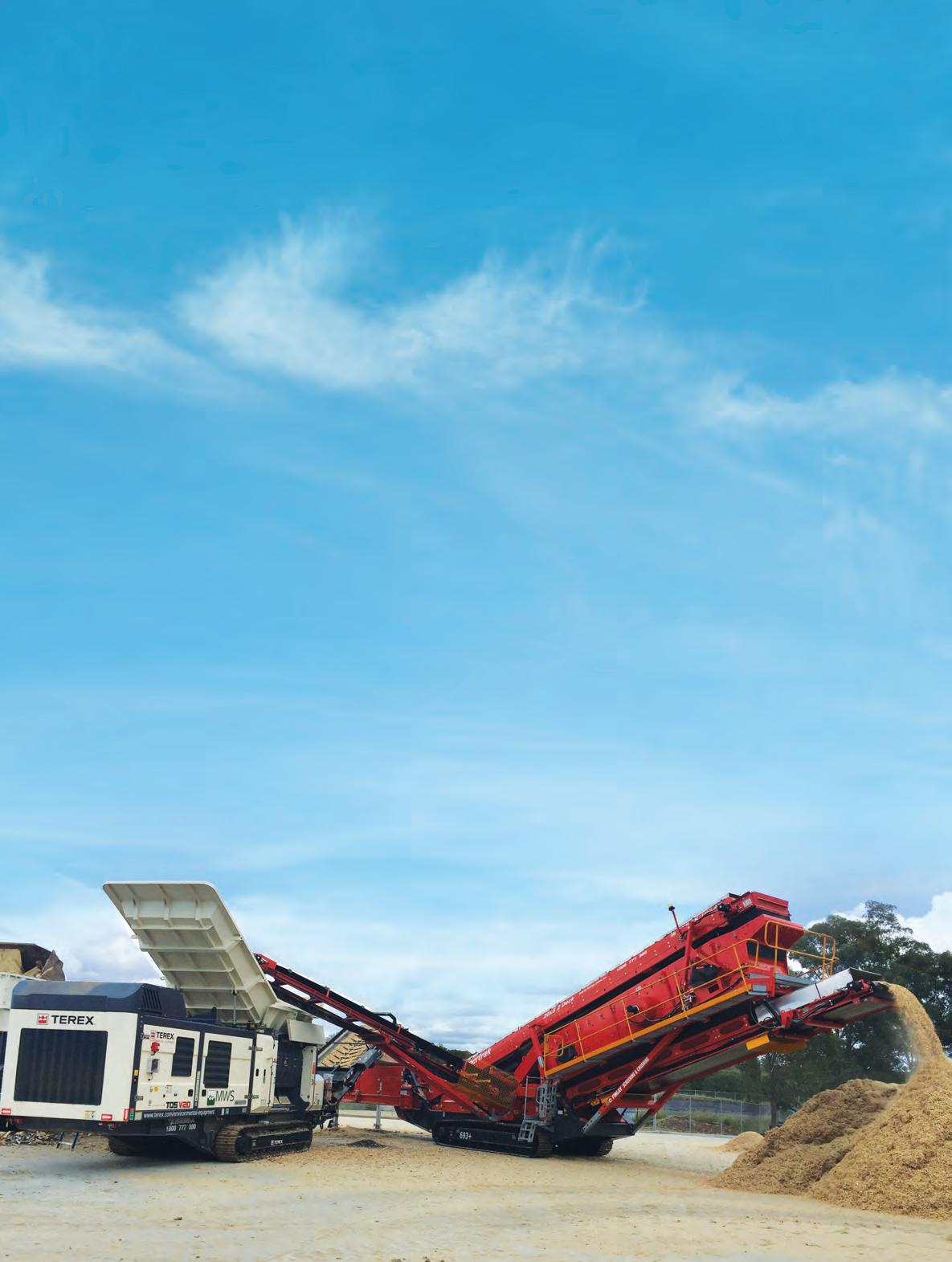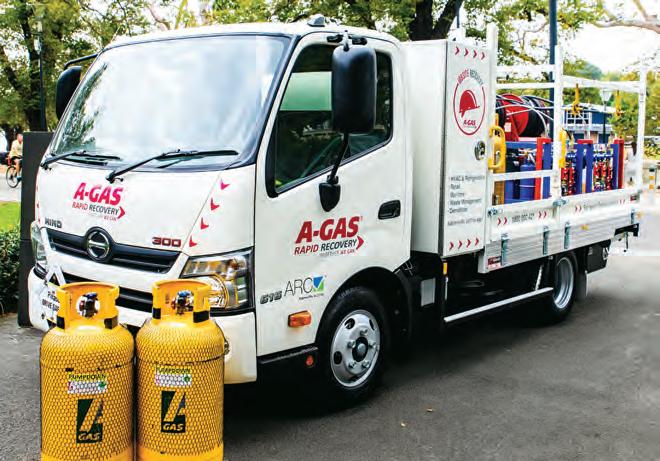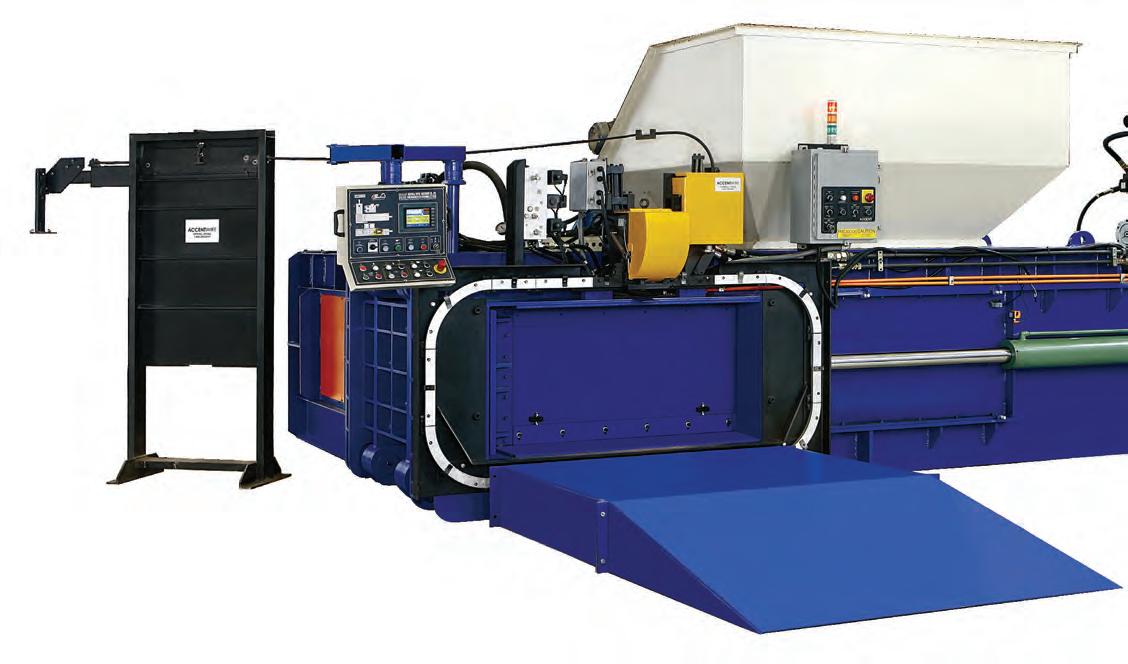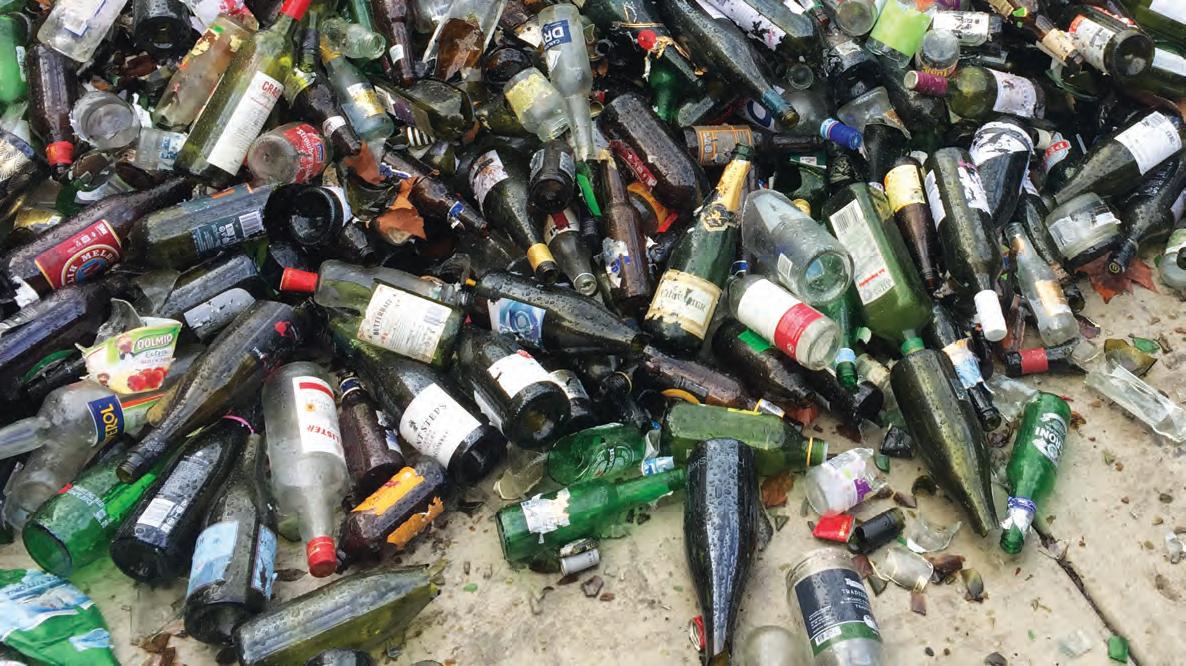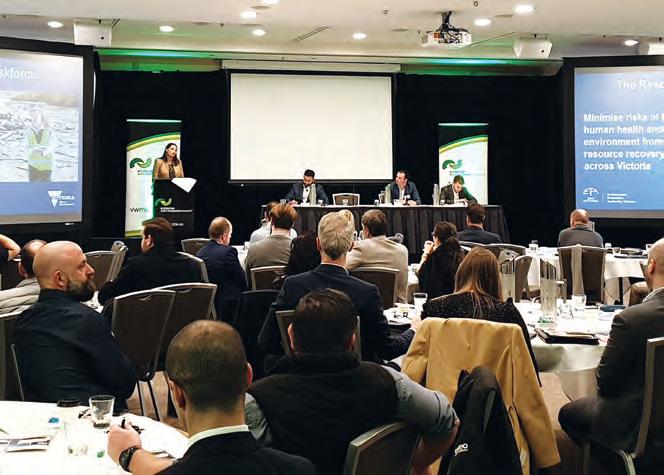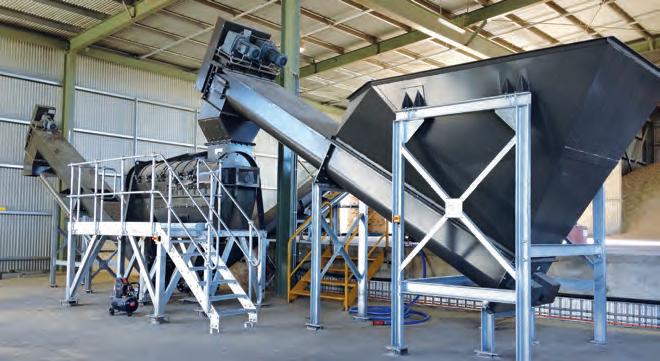EVENTS – EPA VICTORIA
Extinguishing risk WASTE MANAGEMENT REVIEW EXPLORES THE VICTORIAN EPA’S AMENDED POLICY FOR COMBUSTIBLE RECYCLABLE AND WASTE MATERIALS AND A TRAINING PARTNERSHIP TO SUPPORT IT.
A
recent spate of waste fires has highlighted the questionable storage and management practices of some Victorian resource recovery facilities. While the issue spurred proactive responses from government and the private sector, significant media attention has resulted in public scrutiny. Figures from Department of Environment, Land, Water and Planning reveal more than 100 recycling facility fires occurred in Victoria over the last 10 years, with the largest costing the Victorian Government over $110 million. In 2017, a Coolaroo facility fire burned for 20 days before it was extinguished, causing significant human health and environmental problems. This resulted in community evacuations, with facility staff and the public also requiring medical treatment. Following the fire, the Victorian Government established a Resource Recovery Facilities Audit Taskforce. The group was tasked with inspecting resource recovery facilities across the state to tackle stockpiles that might pose a fire risk. Since July 2017, the taskforce has conducted 628 inspections at 169 sites, issuing 186 notices and 35 sanctions. The extremity of the Coolaroo fire reaffirmed the importance of proper material storage and prompted the Victorian Government to revise its Waste Management Policy for
44 / WMR / September 2019
Combustible Recyclable and Waste Materials in 2018. Organisations such as SKM Services have been issued with notices in line with the policy in mid-2019 to stop accepting combustible waste until compliance was achieved. Danny Childs, EPA Resource Recovery Audit Taskforce Manager, says the waste and recycling industry is going through a period of momentous change. “EPA’s message is clear: community and environment first. Compliance and enforcement efforts against waste crime and illegal industrial and chemical waste stockpiling will continue to be a major priority,” Danny says. “In parallel, EPA has ramped up its work with industry to increase compliance understanding and risks that must be managed.” Waste Management Review explores the amended Waste Management Policy and a training partnership with the Victorian Waste Management Association (VWMA). At the VWMA 2019 State Conference, Miranda Tolmer, EPA Victoria Industry Guidance Unit Manager, discussed the combustible waste policy, its supplementary guideline report and steps towards compliance. The EPA Waste Management Policy for Combustible Recyclable and Waste Materials was designed to enforce stringent safety standards in an attempt to address the rogue operators adversely affecting the
sector’s reputation. Additionally, as with all EPA policies, it is based on the authority’s broader duty to protect human health and the environment. Noncompliance can result in sanctions under the Environment Protection Act 1970. Following the policy amendment, the EPA released a complementary set of compliance guidelines in October 2018. Miranda said the guidelines, developed in consultation with the Country Fire Authority and Metropolitan Fire Brigade, aim to support compliance and educate operators on their legal responsibilities. The guidelines stress the significance of understanding fire hazards associated with waste storage and management activities, while also outlining steps to reduce risk. During her presentation, Miranda named five key risk assessment concepts including previous occurrence, frequency, changes in operational conditions, changes in environmental conditions and behaviour. Accompanying each concept are guiding questions operators can ask themselves in order to assess their facilities risk potential. Besides previous occurrence for example, the guideline report asks – has a fire occurred in your industry, and if so, what were the consequences? “Assessing incidents or near misses provides an understanding of the context in which the incident occurs,”

